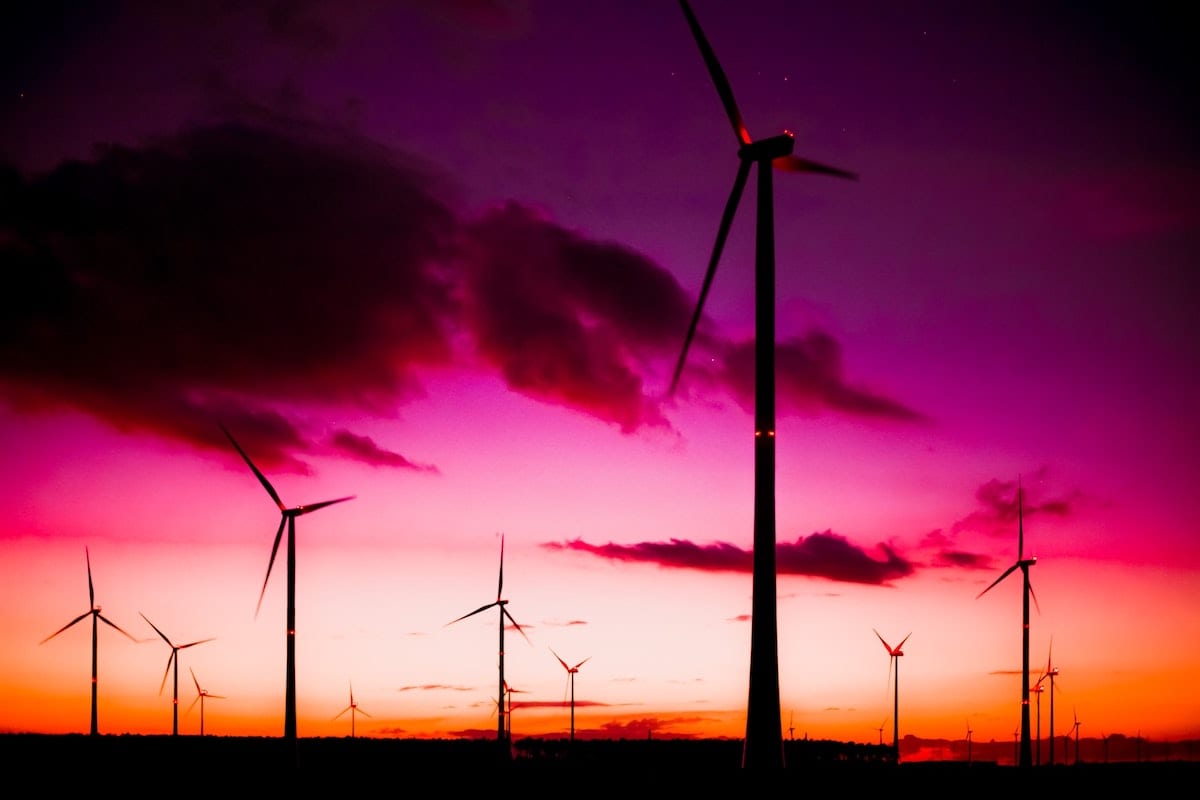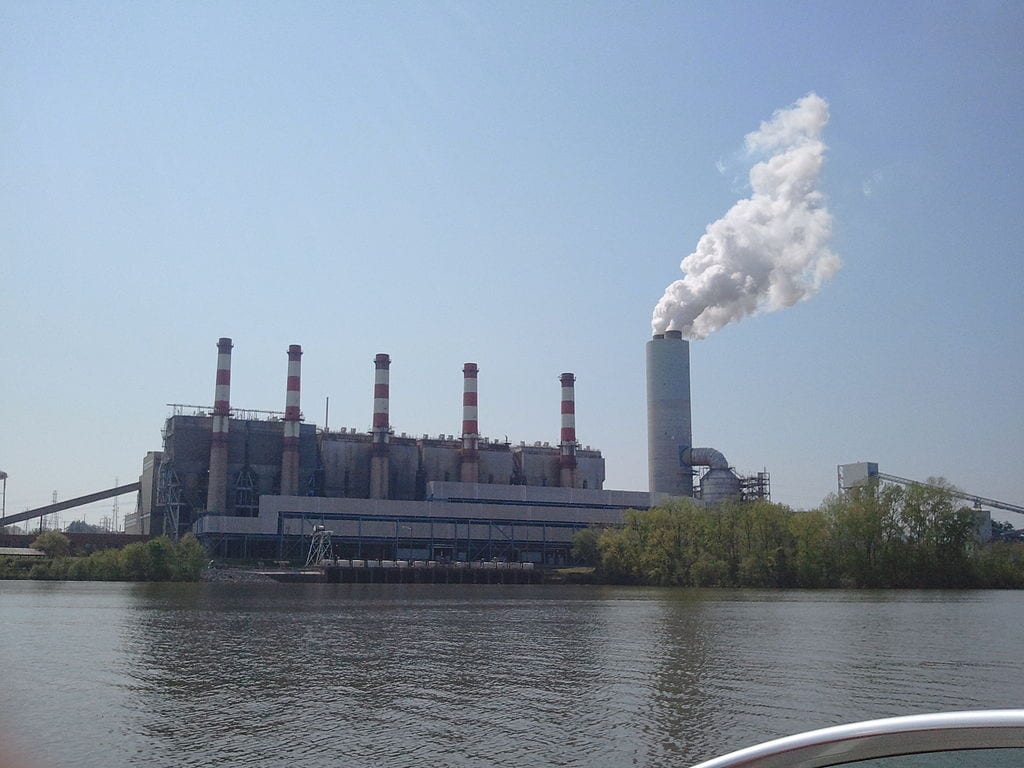Now that the electoral college voted for Joe Biden as the next president, it’s time to consider his environmental policies. They will definitely not look anything like Donald Trump’s policies that opened the nation’s air, water, and soil up to fossil fuel companies to exploit.
Biden’s first days in office will certainly include undoing the damage of Trump’s policies. He has pledged to reinstate the U.S. commitment to the Paris climate accord. Biden will not need Senate approval since the U.S. involvement with the accord was set up by an executive action
A 100 percent clean energy economy and net zero-emissions by 2050
Achieving a 100 percent clean energy economy and net-zero emissions by 2050 is one of the key parts of Biden’s environmental policies and climate change plan. Using the federal government procurement system, which spends $500 billion annually, as a driver to meet the 100 percent clean energy goal is one of those measures. Making U.S. government buildings, facilities, and installations more efficient and environmentally-friendly is another measure.
Biden’s plan recognizes that transportation is a key sector as it is the fastest-growing source of climate pollution. He pledges to reduce greenhouse gas emissions in several ways. One of those ways is by using the Clean Air Act. Another way is developing new fuel economy standards to ensure 100 percent of new sales for light and medium-duty vehicles will be electric.
Protecting nature
Biden’s environmental policies include a climate change plan committed to protecting nature. The exact opposite of President Trump’s administration. Instead of offering up public lands to fossil fuel and mining companies, Biden pledges to protect biodiversity, slow extinction rates, and conserve 30 percent of the nation’s lands and waters by 2030. Biden’s plan also includes protecting areas impacted by President Trump’s executive actions. The president-elect vows to permanently protect the Arctic National Wildlife Refuge and other areas that face environmental destructions due to Trump’s policies.
He pledges to ban new oil and gas permitting on public lands and waters and create programs to enhance reforestation and develop renewables on federal lands and waters. He has a goal to double offshore wind by 2030.
Investing in clean energy, energy efficiency, and electric vehicles
Biden’s environmental policies also include pledges to make a federal investment of $1.7 trillion in clean energy over the next 10 years. He also pledges to leverage private sector and state and local investments to total more than $5 trillion in investments. This summer, Biden mentioned the $90 billion investment the Obama administration made in clean energy. “We’ll do it again, but this time bigger and faster and smarter,” Biden said. “We’re not just going to tinker around the edges. We’re going to make historic investments that will seize the opportunity and meet this moment in history.”
The Biden plan will incentivize clean technology deployment in several ways. One of those is by improving the energy efficiency of the nation’s buildings. He pledges to set a goal of reducing the carbon footprint of the U.S. building stock by 50 percent by 2035. Part of that includes directing the U.S. Department of Housing and Urban Development to make housing for low-income communities more efficient and directing the U.S. Department of Energy to redouble efforts to accelerate new energy efficiency standards for household appliances.
Biden pledges to accelerate the deployment of electric vehicles. One of the barriers to accelerating the deployment of EVs is the lack of charging stations. Biden’s plan includes working with governors and mayors to support deploying more than 500,000 new public charging outlets by 2030. He will also restore the full EV tax credit.
The next great railroad revolution
Biden’s plan includes starting the second great railroad revolution. The first part of his plan is bringing higher speed rail to the Northeast Corridor.
He pledges to shrink the travel time from Washington, D.C. to New York by half. He also pledges to make progress on California’s high-speed rail project, start constructing end-to-end high-speed rail across the Midwest and West, and begin construction of a high-speed rail system that will connect the coasts.
Photo by Denny Müller on Unsplash




